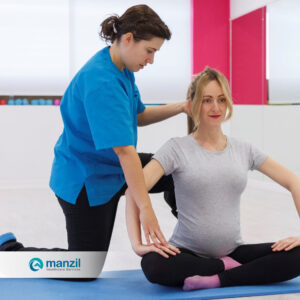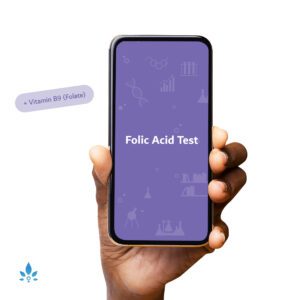What is the Purpose of the “Well Child” Exam?


Between birth and 2 years old, your child will see their pediatrician at least 10 times for check-ups, or Well Child exams. Before you run in there every five minutes, be prepared for what you should expect at each exam.
The nurses or medical assistants will take your baby’s height, weight, and head circumference. The numbers are then “plotted” on a graph that compares them to a standard scale of babies of the same age and sex. The important thing for the pediatrician is not what percentile your child falls under but how those percentiles progress from visit to visit. So if your four-month-old was at the 50th percentile but now at 9 months is at the 10th percentile, the pediatrician knows to be concerned about growth.
The physician will discuss what routine vaccinations are due at that visit. The vaccine schedule is a standardized schedule based on the Centers for Disease Control and Prevention’s Recommended Childhood Vaccine schedule. A good pediatrician will discuss what vaccines are recommended as well as the purpose and potential side effects of each vaccine. It’s a good idea to look ahead at the vaccine schedule so you know approximately what to expect. Otherwise, you may feel overwhelmed by the amount of information you are asked to process in a short time.
Of course, your doctor will examine your baby in the traditional sense. You will see the obvious exam—the stethoscope on the chest, and the examination of the ears— but the doctor is also examining the nervous system by looking into the eyes for a reflex, testing grip and head strength, and noticing your baby’s overall muscular tone. They will likely play with your baby, which informs them of social milestones, eye contact, and gives details about hearing and language. They will note the shape of the head and the presence or absence of teeth.
Beginning at the year visit, there may be some tests that your pediatrician wants you to consider. Namely, they may want to formally screen your toddler’s vision and to check their hemoglobin. The vision test is painless and recommended by the American Academy of Pediatrics and the American Academy of Ophthalmology), but is usually an added charge. It is done with a photo screen machine that requires little to no cooperation on the part of the toddler. The hemoglobin and lead require a finger stick which does cause some pain but is important. They are sometimes even required depending on your insurance or if you participate in the Women Infants and Children (WIC) program.
Sources:
- Centers for Disease Control and Prevention
- Recommended Immunizations For Children Birth Through 6 Years Old.
Powered by Bundoo®













































